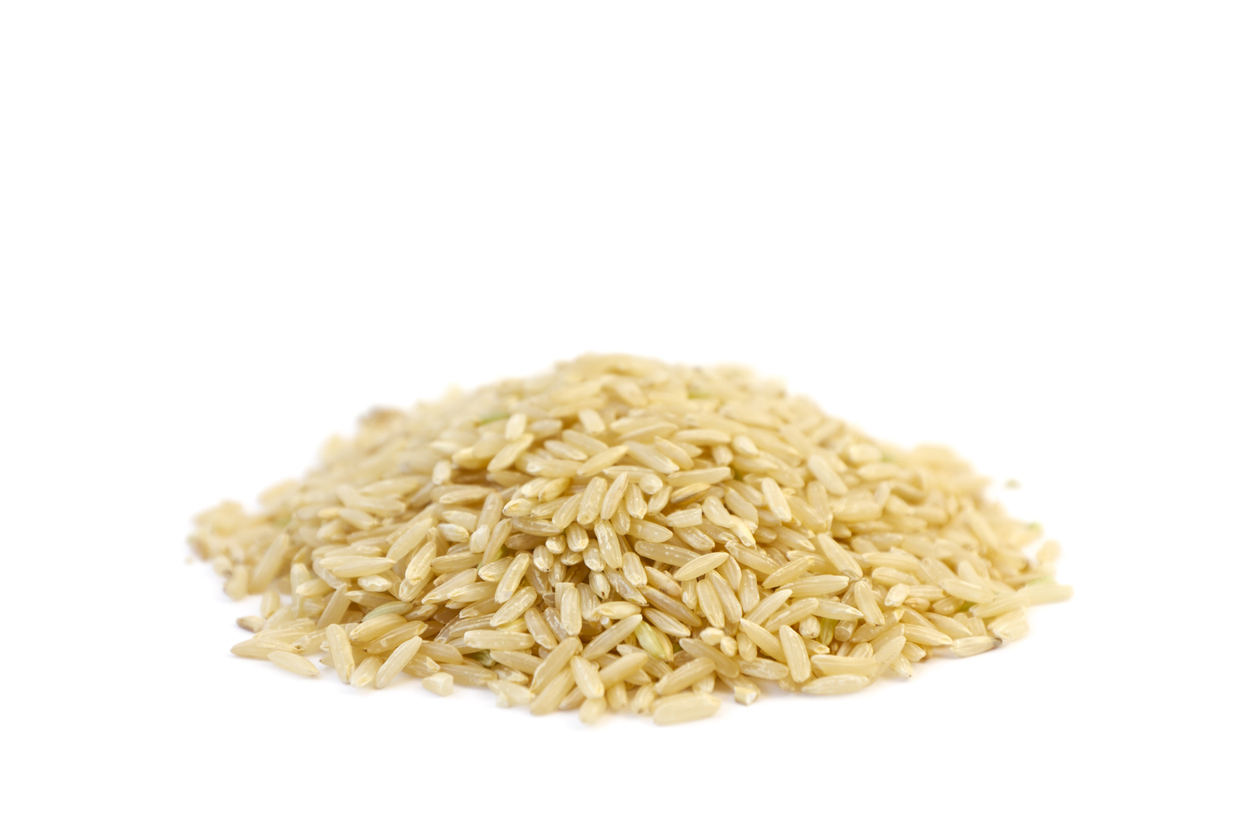
Gene Editing Used to Develop Vitamin A-fortified Rice
November 20, 2019| |
Genome editing could be an alternative approach to improve the vitamin A content of crops, according to a study by Akira Endo and colleagues at the National Agriculture and Food Research Organization and Ishikawa Prefectural University in Japan. The results of the study are published in Rice.
Beta-carotene, a precursor of vitamin A, is a vital target for biofortification of crops to aiming to address the problem of vitamin A deficiency prevalent in developing countries. In a previous study, it was reported that dominant expression of splicing variants in the Orange (Or) gene causes beta-carotene accumulation in cauliflower curd. In Endo and team's study, they focused on rice's Orange gene (Osor) and tested if they could increase the beta-carotene content of rice callus using CRISPR-Cas9. The transformed calli turned orange, indicating hyper-accumulation of beta-carotene. Molecular analyses indicated that orange-colored calli are caused by an abundance of in-frame aberrant Osor transcripts, while out-of-frame mutation was not associated with orange color.
Based on the findings, the researchers concluded that directed gene modification of Osor gene using CRISPR-Cas9-mediated genome editing leads to beta-carotene fortification in rice calli. This presents an alternative approach to improving beta-carotene accumulation in crops.
Read the research article in Rice.
| |
You might also like:
- Golden Rice Has Same Nutrients as Traditional Rice Except for the Increased Provitamin A Content
- Pocket K No. 27: Biotechnology and Biofortification
- Pocket K No. 54: Plant Breeding Innovation: CRISPR-Cas9
Biotech Updates is a weekly newsletter of ISAAA, a not-for-profit organization. It is distributed for free to over 22,000 subscribers worldwide to inform them about the key developments in biosciences, especially in biotechnology. Your support will help us in our mission to feed the world with knowledge. You can help by donating as little as $10.
-
See more articles:
-
News from Around the World
- Experts Use Microparticles to Fortify Foods with Nutrients
- Verdeca's HB4® Drought and Herbicide Tolerant Soybeans Get Approval in Paraguay
- Biotechnology Gets Attention at Senate of the Philippines
- SEARCA BIC's Agri-biotech Boot Camp Puts the Spotlight on Youth in Agriculture
- Experts Unlock Key to Photosynthesis
- Resistance Genes for Deadly Ash Tree Disease Discovered
-
Research Highlights
- 'Designer' Plants Developed to Combat Environmental Challenges
- Scientists Investigate Plant Nodule and Lateral Roots, Gain Another Step to Developing Self-Fertilizing Crops
-
Plant
- Gene Editing Used to Develop Vitamin A-fortified Rice
- Biotech Expert Panel: CRISPR Technology Can Transform Agricultural Production
-
Read the latest: - Biotech Updates (November 12, 2025)
- Gene Editing Supplement (October 29, 2025)
- Gene Drive Supplement (February 22, 2023)
-
Subscribe to BU: - Share
- Tweet

